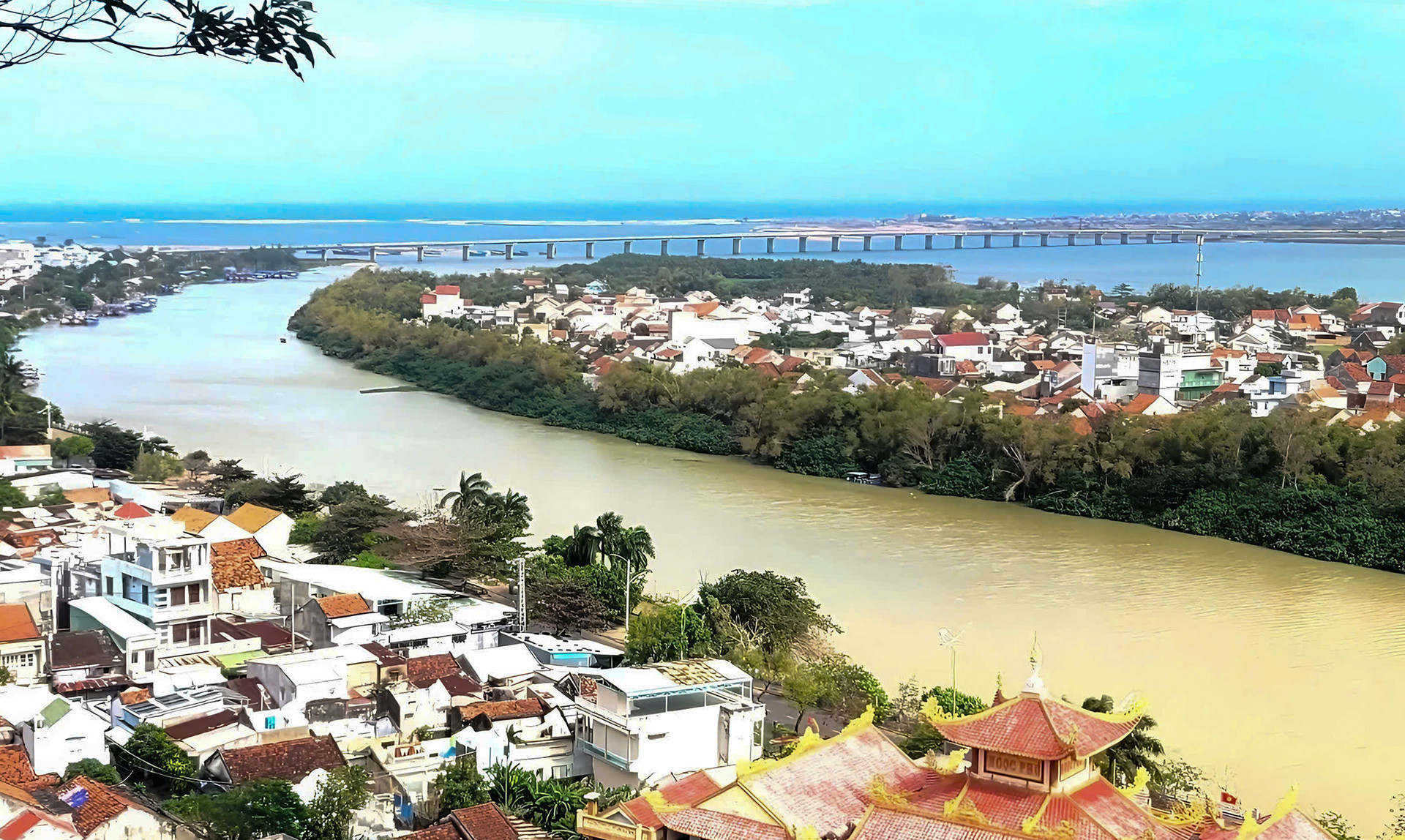Under Resolution No. 60 of the 11th Central Committee Meeting, Dak Lak and Phu Yen provinces are expected to merge under the unified name Dak Lak, with the political and administrative center located in the current Dak Lak province.

Dak Lak is a mountainous province in the heart of the Central Highlands, with its administrative capital in Buon Ma Thuot City. Phu Yen is a coastal province in the south-central coast, with its government offices based in Tuy Hoa City.
As the two provinces prepare to "join under one roof," residents traveling from Dak Lak to Phu Yen will have several travel options. Among these, National Highway 29 stands out as the most direct and strategic route.
Dak Lak has recently submitted a proposal to the Prime Minister requesting approval for an investment project to upgrade and improve National Highway 29, with a total projected cost of 10 trillion VND (approx. 400 million USD). This route is considered a vital artery for the movement of goods and services between the two provinces.
National Highway 29 is a relatively new route, developed from the former Provincial Road 645 in Phu Yen and Provincial Road 691 in Dak Lak. Currently, it meets Class IV mountain road standards, with two lanes, a 5.4-meter road surface, and a 7.5-meter roadbed.
The proposed upgrade would elevate it to a Class III highway with a 20.5-meter-wide roadbed, four lanes, and a design speed of 60–80 km/h. The total length of the route is 182.5 km, running through Dong Hoa town, Tay Hoa, and Song Hinh districts in Phu Yen, and Krong Nang, Ea Kar, and Buon Ho town in Dak Lak.
Of this, 109 km lies in Phu Yen, and 73.5 km is in Dak Lak. The road begins at Vung Ro Port and ends at the intersection with National Highway 14 in Buon Ho. Notably, it passes through the Ea So Nature Reserve, offering travelers a unique journey from mountain forests to seaside views.

From central Buon Ma Thuot, travelers heading to Phu Yen will pass through the ancient forests of Ea So before arriving in Tuy Hoa. The total distance is about 200 km via National Highway 26, with the forest stretch through Ea So measuring 40 km. The route continues through Song Hinh, Tay Hoa, and Dong Hoa before reaching the coast, typically requiring over four hours of travel time.
Travelers also have two alternative routes. The first heads from Buon Ho through Krong Nang into Ea So before descending into Phu Yen. The second follows National Highway 26 to Km 62, then through Ea So and Ea Sar communes in Ea Kar District before entering the forest.
Interestingly, the distance from Buon Ma Thuot to Tuy Hoa is now comparable to a trip to Nha Trang Beach.
To prepare for the administrative merger, Dak Lak is arranging transportation plans for approximately 1,000 officials from Phu Yen who will be relocated for work, with National Highway 29 expected to be the primary route.
A merger of strengths: Forest meets sea
The proposed merger between Dak Lak and Phu Yen is expected to unlock significant potential for regional integration. It promises to form a major economic hub connecting the Central Highlands and the coast - an ideal combination supported by leaders and residents of both provinces.

The union will not only expand the combined economic scale and capacity, enabling more rapid growth, but also create natural synergies: Dak Lak's agricultural strengths will complement Phu Yen’s maritime economy, fostering mutual development.
By expanding access to the sea, the merged province can better harness infrastructure, transportation, and logistics potential, promoting stronger trade between the two regions.
The merger will also enhance regional connectivity between localities and provinces, facilitating shared development and cooperation. Creating a single province that stretches from highlands to coastline could catalyze sectors like ports, tourism, manufacturing, trade, and services - driving them in a more coordinated direction and avoiding fragmented growth.
Furthermore, the consolidation will improve the business environment, attracting investment into emerging sectors including maritime transport, aviation, railways, renewable energy, agroforestry, aquaculture, high-tech industries, digital services, and advanced manufacturing.
Lastly, combining the two provinces will bolster national defense capabilities by strengthening strategic depth along both coastal and border fronts - ensuring comprehensive security for the newly merged province.
Hai Duong